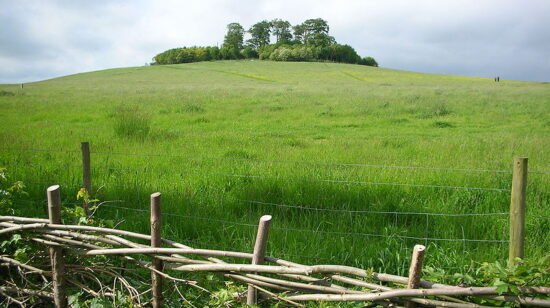 The history of chocolate is as rich and dark as its taste.
The history of chocolate is as rich and dark as its taste.
Sweet, dark, rich or white, chocolate is a wonderfully tasty confectionery that has several modern traditions built around it (speaking of which, I hope you all had a great Easter!). The production of chocolate is a multimillion pound industry, and it’s not hard to see why.
Whether you’re a Cadburys or a Thorntons fan, there are countless varieties all aimed at satisfying your sweet tooth. Whilst the introduction of chocolate to Europe is a relatively recent event, its history is as rich and as dark as its taste. Just how old is chocolate, and who do we have to thank for it?
Chocolate pots
The oldest known producers of chocolate are the Olmec Indians, who resided in southern Mexico. They were the first to ferment, roast and grind cacao beans to make porridge and beverages as early as 1500 BC. The pottery they used has been analysed by archaeologists who found the chemical theobromine, which cacao includes.
The name cacao was given to the seed by the Mayans who believed that it had divine properties. Cacao means ‘god food’, and its Latin name Theobrama Cacao means ‘food of the gods’. It was used as a hot drink, in initiation rites, end of year celebrations, as a medicine that fights fatigue, an aphrodisiac, wedding ceremonies and even as a currency to name but a few.
Similar to modern chocolate, a range of flavours were created with ingredients like chili, vanilla and magnolia. Honey was rarely used to sweeten the cacao. The Aztecs, who received cacao through trade with the Mayans, had a similar relationship with it.
They too associated the cacao bean with romance and medicine, and it was included in rations for Aztec warriors. They used cacao as a cold drink, and called it Xocolatl (chocolatl to the Spanish) which means ‘bitter drink’ in Nahuatl.
A centuries long game of Spanish monopoly
When the Spanish under Hernan Cortès arrived in the capitol of Tenochtitlan in 1519, one of the conquistadors reported that the ruler Montezuma was served over 50 jars of foaming chocolatl. Columbus is believed to have brought cacao beans back to Spain as early as 1502, but it wasn’t until the late 1520’s that they received the attention they deserved from the Spanish court.
The rest as they say, is history. Cacao (now known as cocoa) was a Spanish monopoly for two centuries, and Spanish monks are credited with adding sugar to cocoa to sweeten its bitter. By the late 1600’s it had spread through Europe in a form that’s similar to today’s chocolate.
In honour of the ingredients that were originally used, and because you’re probably experiencing a chocolate hangover from Easter, I’ve chosen a simple and tasty spicy hot chocolate recipe that was shared by Joel Palka, an anthropologist from the University of Illinois and expert on Mesoamerican cacao.
How to make your own Spicy Mayan Hot Chocolate!

3 tbsp ground cocoa, a chili (the author recommends either a habanero or poblano chili, but feel free to experiment), 2 dry chopped chocolate beans (optional), 2 tsp sugar (optional)
1) Put the ground cocoa into a mug, and fill with hot water
2) Chop up the chilli, add to the liquid and stir. If you chop it up finely, it will be hotter and for less heat, use bigger chunks.
3) If you want a bitter taste, add the beans
4) If however you want it sweeter, add the sugar instead
It really is that simple! I can’t wait to try it – I reckon it will have a wonderful kick and will keep you warm no matter how cold it is.
Love archaeology?
DigVentures was born from a mission: to connect people who love archaeology with opportunities to DO archaeology. Together, we're making groundbreaking new discoveries that everyone can be part of, and creating archaeology content that we can all share, learn from and enjoy. Wherever you live and whatever your background, you can be part of it too.
Become a Subscriber






Comments (2)
“either a habanero or poblano chili”
This is like choosing whether or not to have a bowling ball or a ping-pong ball strike your head but being only told that it will be a spherical object. Habañero == stupid hot; poblano == what’s the big deal, eh?